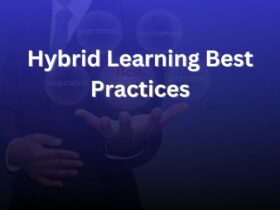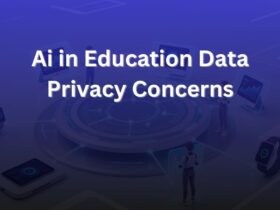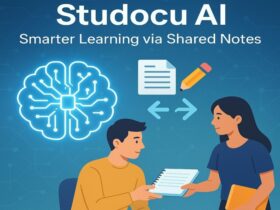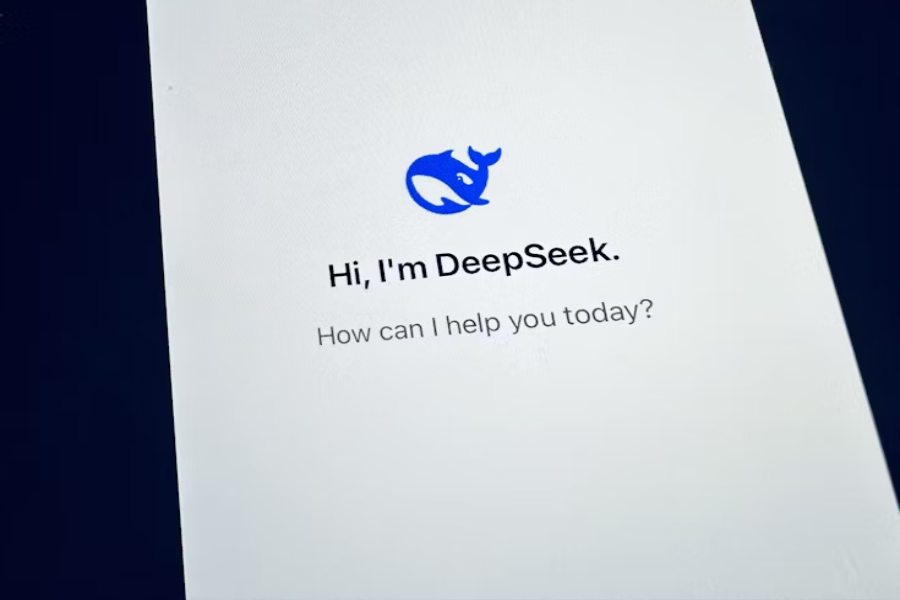The world of artificial intelligence (AI) is rapidly evolving, with new models emerging constantly to push technological boundaries. Among these models, Deep Seek has attracted significant attention for its innovative capabilities. But how does Deep Seek compare to other AI models in terms of performance, accuracy, and real-world applicability? In this article, we will examine Deep Seek’s key features and compare its performance to other prominent AI models.
We’ll discuss its strengths, weaknesses, and unique attributes that differentiate it from competitors. Whether you’re a developer, researcher, or AI enthusiast, this guide will provide valuable insights into how Deep Seek fits within the broader AI landscape. By understanding how it stands up against other models, you’ll gain a clearer view of its potential in various applications and why it’s becoming an essential player in the AI field.
What is Deep Seek and How Does it Function?
Deep Seek is an advanced AI model designed to harness the power of deep learning through sophisticated neural networks. Unlike traditional AI models that rely on predefined rules and algorithms, Deep Seek learns directly from data. It identifies patterns, adapts to new information, and continuously improves its performance over time. This dynamic learning process makes it highly effective for complex tasks such as natural language processing, image recognition, and predictive analytics.
The core of Deep Seek’s functionality lies in its multi-layered neural network architecture. These networks are designed to perform complex computations, enabling the model to process vast amounts of data and make informed decisions. The adaptability of Deep Seek is one of its key strengths, as it can enhance its accuracy and efficiency by incorporating more data into the system, allowing it to learn and evolve.
Deep Seek is also known for its scalability, making it ideal for handling large datasets. This capability enables it to serve businesses that require processing and analyzing large datasets quickly and efficiently. By continuously learning and adjusting to new inputs, Deep Seek is a powerful AI tool that provides accurate insights and solutions for a wide range of applications, from business intelligence to automation.
Essential Differences Between Deep Seek and Other AI Models
Deep Seek’s approach to AI sets it apart from other popular models like GPT-3, BERT, and traditional machine learning algorithms. One of the key distinctions is Deep Seek’s ability to handle unsupervised learning. Unlike models that require labeled training data, Deep Seek can discover patterns and relationships within data without explicit guidance. This flexibility makes it highly adaptable for real-world applications where data may not always be neatly categorized or labeled. As a result, Deep Seek can analyze more complex and unstructured datasets, offering broader applicability across various industries.
Performance Metrics: Speed, Accuracy, and Scalability
When comparing Deep Seek to other AI models, performance metrics such as speed, accuracy, and scalability are crucial. Deep Seek excels in processing large volumes of data quickly and accurately, often outperforming simpler models in these areas. Its advanced neural network architecture allows it to handle big data tasks efficiently. However, when it comes to tasks like natural language understanding, specialized models such as GPT-3 and BERT may outperform Deep Seek due to their tailored training for those specific use cases. Deep Seek’s advantage lies in its overall versatility, offering high accuracy across a variety of applications.
Advantages of Using Deep Seek in Various Applications
Deep Seek stands out for its ability to handle complex problems and scale with large datasets. Its deep learning capabilities make it particularly valuable in sectors like healthcare, finance, and marketing. By automating decision-making, predicting trends, and providing personalized recommendations, Deep Seek enables businesses and organizations to make data-driven decisions. Its advanced algorithms enable it to uncover hidden insights and patterns that may not be readily visible to human analysts.
Essential Benefits of Deep Seek
- Versatility: Deep Seek’s applications are vast, ranging from healthcare to e-commerce, enabling industries to leverage its capabilities for a variety of tasks, including diagnostics, customer insights, and fraud detection.
- Adaptability: As Deep Seek processes more data, it continuously improves its predictive capabilities, ensuring increasingly accurate results over time. This adaptability makes it suitable for dynamic environments where data changes rapidly.
- Scalability: One of the key strengths of Deep Seek is its ability to handle large datasets without compromising performance. This scalability makes it an ideal choice for businesses that need to process large amounts of data efficiently.
Overall, Deep Seek’s advanced features enable it to provide substantial value across various industries, facilitating more efficient operations and informed decision-making.
Deep Seek vs. Other AI Models in Specific Use Cases
While Deep Seek is a powerful AI model, its effectiveness varies depending on the specific application. In areas such as image recognition and anomaly detection, Deep Seek has demonstrated remarkable performance, often outperforming other AI models. However, in tasks related to natural language processing, models like GPT-3 may provide superior results due to their specialized training in language-based tasks.
Comparing Specific Use Cases
- Healthcare: In healthcare, Deep Seek excels in predictive analytics and diagnostic tools, enabling professionals to make accurate predictions and enhance patient outcomes. Its ability to analyze complex medical data gives it a significant advantage in this field.
- Finance: Deep Seek is highly effective in financial applications such as fraud detection and risk management. It can analyze vast amounts of transactional data quickly, helping identify anomalies and potential risks that may go unnoticed by traditional methods.
- E-commerce: In the e-commerce sector, Deep Seek powers personalized recommendations and provides valuable customer insights. By analyzing consumer behavior and preferences, businesses create tailored experiences that enhance customer satisfaction and drive sales.
In conclusion, while Deep Seek excels in specific areas, it’s essential to select the right model based on the task at hand.
Challenges and Limitations of Deep Seek
While Deep Seek is a powerful and versatile AI model, it comes with specific challenges and limitations. One of the most significant challenges is its computational cost. Training Deep Seek’s deep neural networks requires substantial processing power, which can be both time-consuming and expensive. This makes it less accessible for smaller organizations or those with limited computational resources. Additionally, Deep Seek, while exceptional at general tasks, may not perform as well in areas that require highly specialized knowledge, such as language generation or deep conversational AI. In these specific domains, models like GPT-3 and BERT are often more effective due to their focus on natural language processing and text generation.
Overcoming Challenges
To fully maximize Deep Seek’s potential, users must invest in robust hardware capable of handling its intensive computational needs. Ensuring access to large, high-quality datasets is equally essential, as continuous learning is a key factor in Deep Seek’s success. Furthermore, integrating Deep Seek with more specialized models for specific tasks can enhance its performance. This hybrid approach enables Deep Seek to tackle a broader range of applications and enhance its overall effectiveness across various industries.
Conclusion
In summary, Deep Seek is a highly versatile AI model known for its scalability and adaptability across various applications. While it has some limitations, especially in natural language processing, its strengths in deep learning and big data analytics make it a strong competitor among other AI models.
Deep Seek’s ability to process and learn from large datasets enables it to continuously improve its performance, giving it an edge in tasks that require complex data analysis. As AI technology advances, Deep Seek’s evolving capabilities will likely solidify its role as a leading tool for developers and businesses, providing valuable solutions across industries.
FAQ’s
How does Deep Seek compare to GPT-3?
Deep Seek excels in processing large datasets and performing deep learning tasks, while GPT-3 is specialized for natural language processing. Both models serve different needs but can complement each other in various applications.
What makes Deep Seek unique among other AI models?
Deep Seek’s ability to handle unsupervised learning and continuously improve its performance sets it apart from other models, which often rely on supervised learning and predefined data.
Is Deep Seek suitable for use in the healthcare industry?
Yes, Deep Seek’s ability to process large amounts of data and deliver accurate predictions makes it ideal for applications in healthcare, such as predictive analytics and diagnostics.
Can Deep Seek be used for real-time data analysis?
Yes, Deep Seek is designed to handle real-time data inputs, making it well-suited for industries such as finance and marketing, where real-time decision-making is crucial.
What are the limitations of Deep Seek compared to other AI models?
While Deep Seek excels in big data analytics and deep learning tasks, it may not be as effective in language generation or conversational AI as models like GPT-3 or BERT.












































Leave a Reply